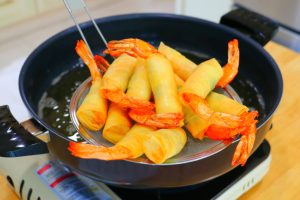
Chicken Sticky Rice in Lotus Leaves
Lo mai gai, steamed bundles of sticky rice studded with bits of chicken and wrapped in lotus leaves, is a classic Cantonese dim sum dish.
It’s said this dish was born in the night markets of Guangzhou, in the Guangdong province of southern China. Initially, the sticky rice and its fillings were packed into porcelain bowls to be steamed. Later on, hawkers swapped the bowls for lotus leaves so that the resulting parcels could easily be carried around.
Along with the added convenience came several bonus benefits.
First, the lotus leaves added a distinctive floral aroma to the dish. Second, the size of the dish was no longer limited to the size of the bowls, so on top of the sticky rice and chicken, vendors started to incorporate a variety of other savory ingredients, such as Chinese sausage, dried shrimp, and mushrooms. Some even added char siu, dried scallops, and salted egg yolks for an additional layer of flavor.
For this recipe, we rehydrate the lotus leaves and soak the sticky rice the night before. Then, we steam the rice until cooked and stir-fry together marinated chicken, Chinese sausage, dried shrimp, and shiitake mushrooms. Both the fillings and the cooked sticky rice are then coated in an umami-packed sauce.
To assemble it, we scoop the sticky rice and its fillings into the center of the lotus leaves and fold them into parcels. When the parcels are steamed, the fragrant aroma of the lotus leaves will perfume your entire kitchen.
Chicken and Sticky Rice Wrapped in Lotus Leaves
Serves: 6 people
Prep time: overnight, plus 2 hours
Cook time: 1 hour and 45 minutes
Ingredients:
3 lotus leaves, quartered (you can buy these at any Chinese supermarket or online)
4 dried shiitake mushrooms
2 tablespoons dried shrimp
2 cups uncooked glutinous rice
1 1/4 cups water
For the chicken:
1 tablespoon soy sauce
1 tablespoon Shaoxing wine
Pinch of five-spice powder
Pinch of white pepper
Pinch of salt
2 skinless, boneless chicken thighs, cut into bite-size pieces
For the sauce:
2 tablespoons soy sauce
2 tablespoons oyster sauce
1 tablespoon dark soy sauce
1 teaspoon sesame oil
Pinch of five-spice powder
Pinch of white pepper
Pinch of salt
Additional ingredients:
2 tablespoons vegetable oil, divided
2 links Chinese sausage
3 cloves garlic, minced
The night before:
- Cover the lotus leaves in water to rehydrate overnight.
- Separately rinse the glutinous rice, dried shiitake mushrooms, and dried shrimp. Place each ingredient in a separate bowl, cover with water, and let soak for 2 hours to overnight.
- Drain all ingredients before using.
Prepare the rice and fillings:
- Transfer the pre-soaked and drained rice to the pot of an electric rice cooker and add water to the same level as the rice, about 1 1/4 cup. Use the setting for rice and cook.
- Alternatively, if you don’t have a rice cooker, bring water to a boil in a steamer. Transfer the pre-soaked and drained rice to a tray and put it in the steamer. Cover the lid and steam over high heat for 30 minutes.
- Meanwhile, in a large bowl, mix together all the ingredients for the chicken marinade. Add the chicken and combine. Let it marinate for 30 minutes.
- To make the sauce, in a small bowl, add all the seasonings and whisk together.
- Cut the Chinese sausage and shiitake mushrooms into slices and set aside.
- Preheat a wok and add 1 tablespoon of vegetable oil. Add the Chinese sausage, dried shrimp, and shiitake mushrooms, and stir fry over low heat until the aroma comes out, about 1 minute. Remove from wok and set aside.
- In the same wok, add another tablespoon of vegetable oil. Add the minced garlic and the marinated chicken. Cook over high heat for about 3 minutes. Add the cooked sausage-shrimp-mushroom mixture. Then add half of the sauce. Stir-fry until all ingredients are cooked through and combined, about 1 minute. Remove from wok and set aside.
- When the rice is done, transfer it to a large mixing bowl and add the other half of the sauce. Combine until all of the rice is evenly coated.
To assemble:
- Place a lotus leaf quarter on a flat surface and pat it dry. Place another lotus leaf directly on top of the first and pat dry. Place 1/2 cup sticky rice in the center and form it into a rectangle. Then, place 2 tablespoons of fillings over the rice. Add another 1/2 cup rice on top of the fillings.
- Fold the bottom of the lotus leaves up and over the rice. Then, fold in the right and left sides and roll the bundle upward until it becomes a rectangular parcel.
- Repeat with the rest of the lotus leaves, rice, and fillings.
To steam:
- In a steamer, bring water to a boil. Put each wrapped parcel in the steamer, one by one, leaving a little space in between. Cover and steam over high heat for 1 hour, adding more boiling water into the steamer after the 30-minute mark. The rice is already cooked, but this additional steaming step infuses the rice and fillings with the aroma of the lotus leaves.
- Carefully remove from steamer and serve.
Related Recipes
You may also like

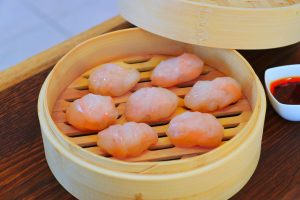
15-Min Rice Paper Shrimp Dumplings
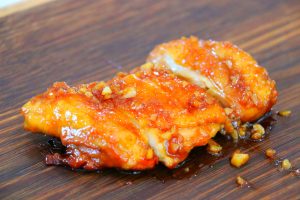
20-Min Soy Garlic Chicken Recipe

Fantastic News: Shen Yun Performing Arts 2025

7-Min Shrimp and Egg Stir-Fry Recipe
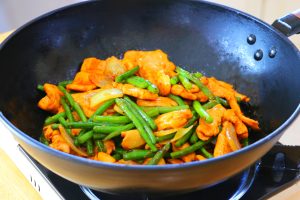
19-Min Chicken Green Bean Stir Fry Recipe
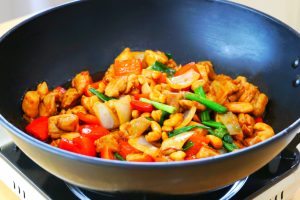
25-Min Cashew Chicken Recipe
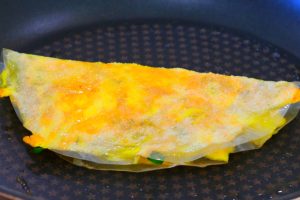
5-Min Rice Paper Omelet Recipe

30-Min Char Siu Chicken Recipe (No Oven Needed)

5 Min Chili Oil Recipe
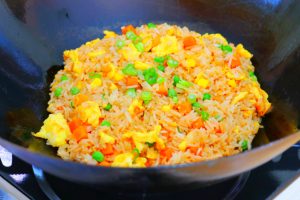
5-Min Egg Fried Rice Recipe
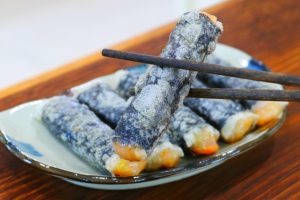
Crispy Seaweed Rolls with Rice Paper

Crab Egg Foo Young Recipe
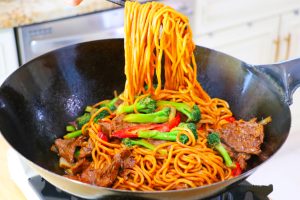
Beef and Broccoli Lo Mein Recipe
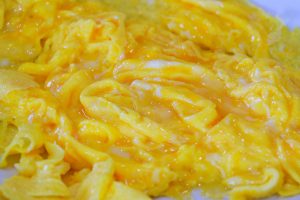
Chinese Scrambled Eggs in 2 Minutes!

Chicken Lumpia Recipe
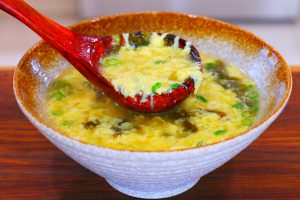
5-Min Seaweed Egg Drop Soup Recipe
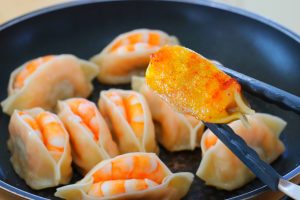
How to Make Potstickers (Pan-Fried Dumplings)

Follow CiCi on Gan Jing World!
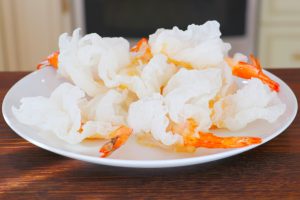
Crispy Shrimp Chips with Rice Paper
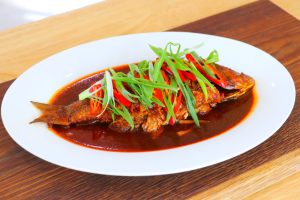
Chinese Braised Fish Recipe
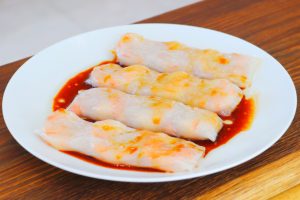
Shrimp Cheung Fun with Rice Paper

The Surprising Truth About Shen Yun That Nobody Tells You
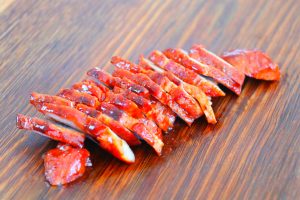
30-Min Char Siu Pork Recipe (No Oven Needed)
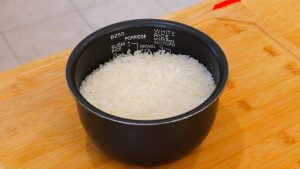
How to Make Steamed Rice in Rice Cooker
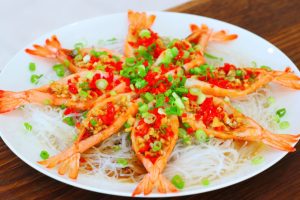
15-Min Steamed Garlic Shrimp Recipe

Braised Tofu with Mushrooms
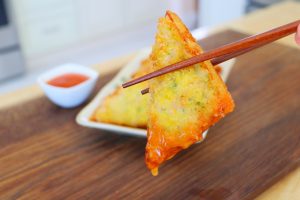
Sweet and Sour Sauce Recipe

Wonton Soup Recipe: Better Than Takeout!
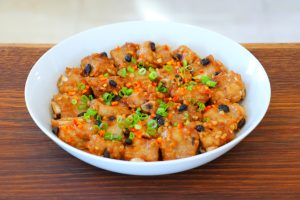

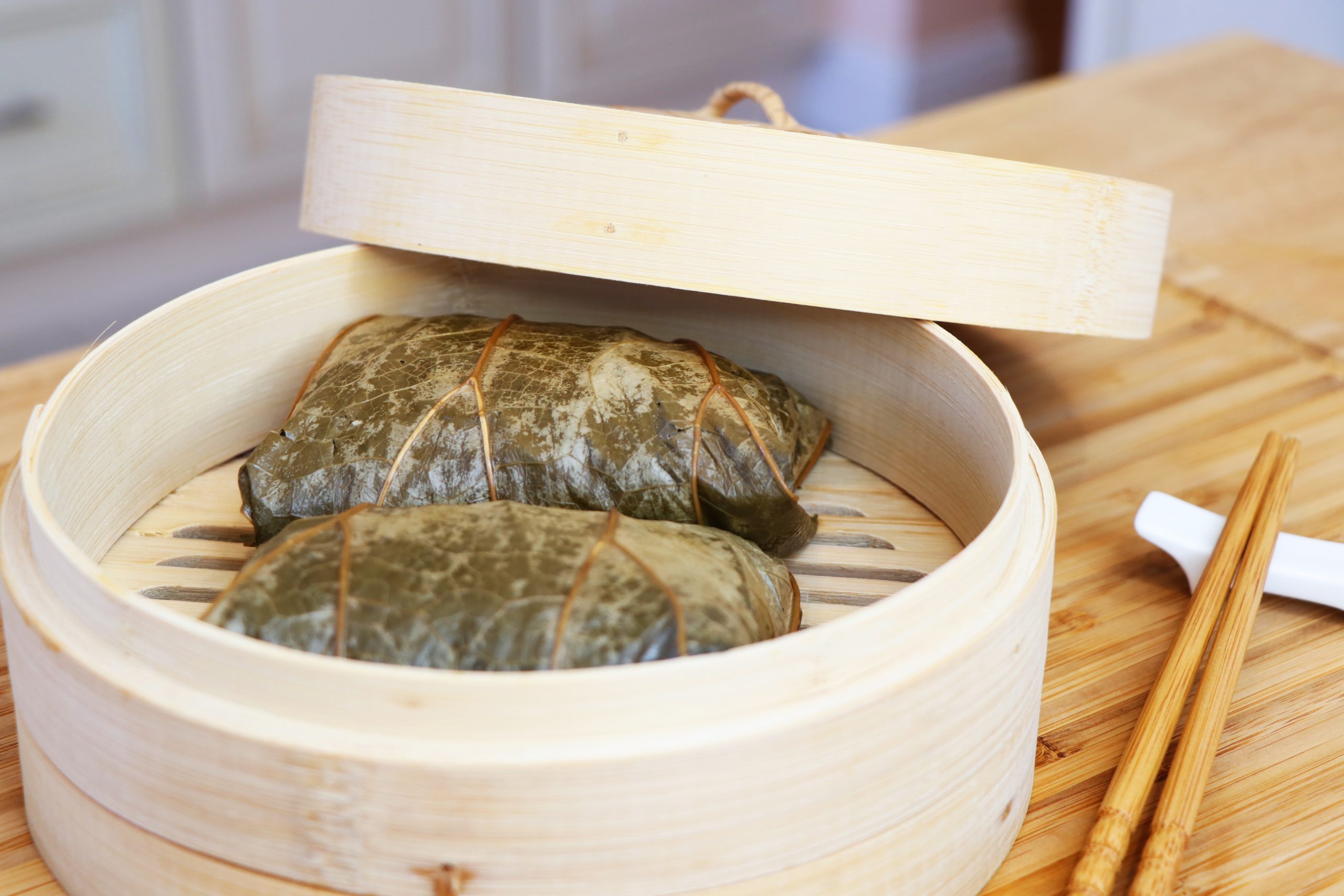

4 thoughts on “Chicken Sticky Rice in Lotus Leaves”
You make it look so simple! One day I will make your recipe, but tomorrow I’m going to make the Vietnamese version using your technique. Wish me luck! I will let you know how it turns out.
Let me know how it turns out! Best wishes! 🙂
Hi Cici
I’ve love following your cooking time and I would like to try your dimsum recipe but the problem is I cannot find dry lotus leaves in the market even sometimes in asia market,is there any alternative I can use?
Thanks mhadee
Hi Mhadee,
Thank you for the question! Yes, you could replace the lotus leaves with banana leaves or corn husks. Happy cooking!
CiCi